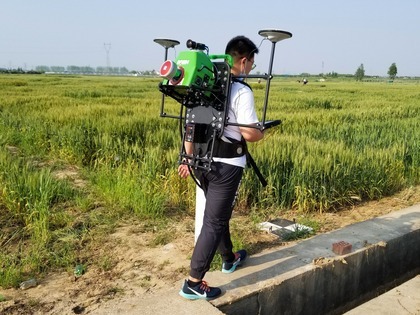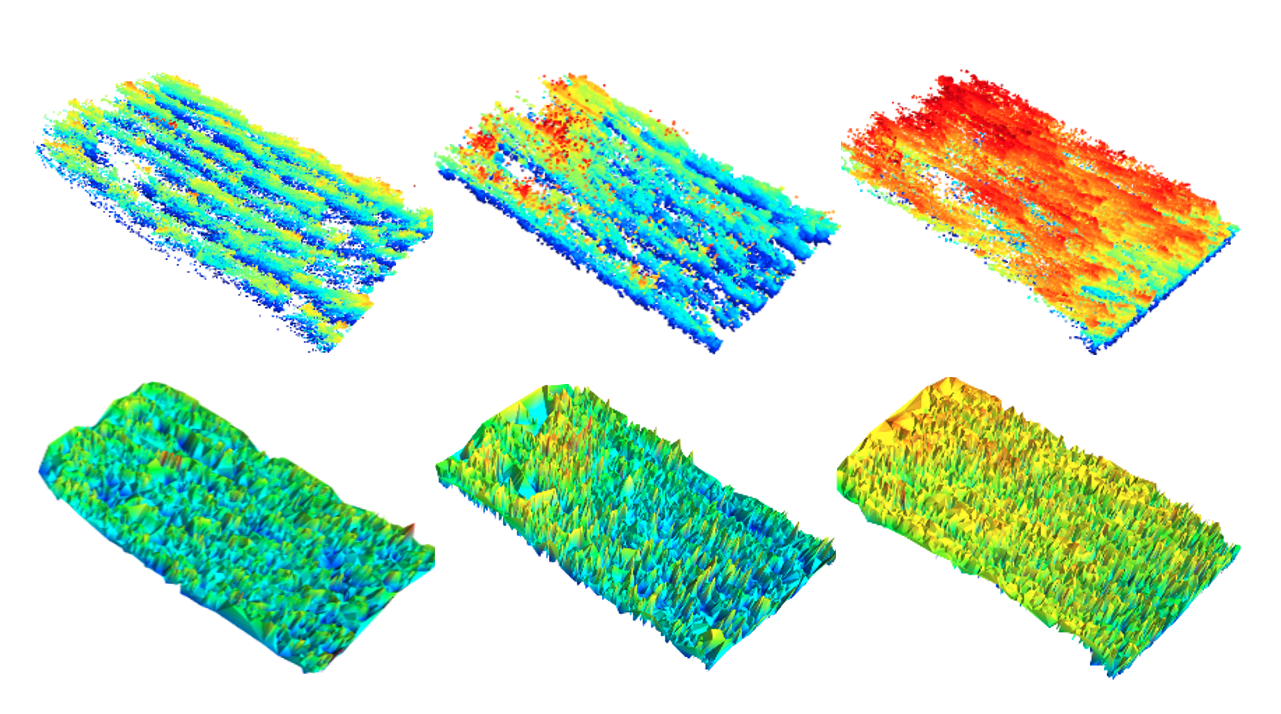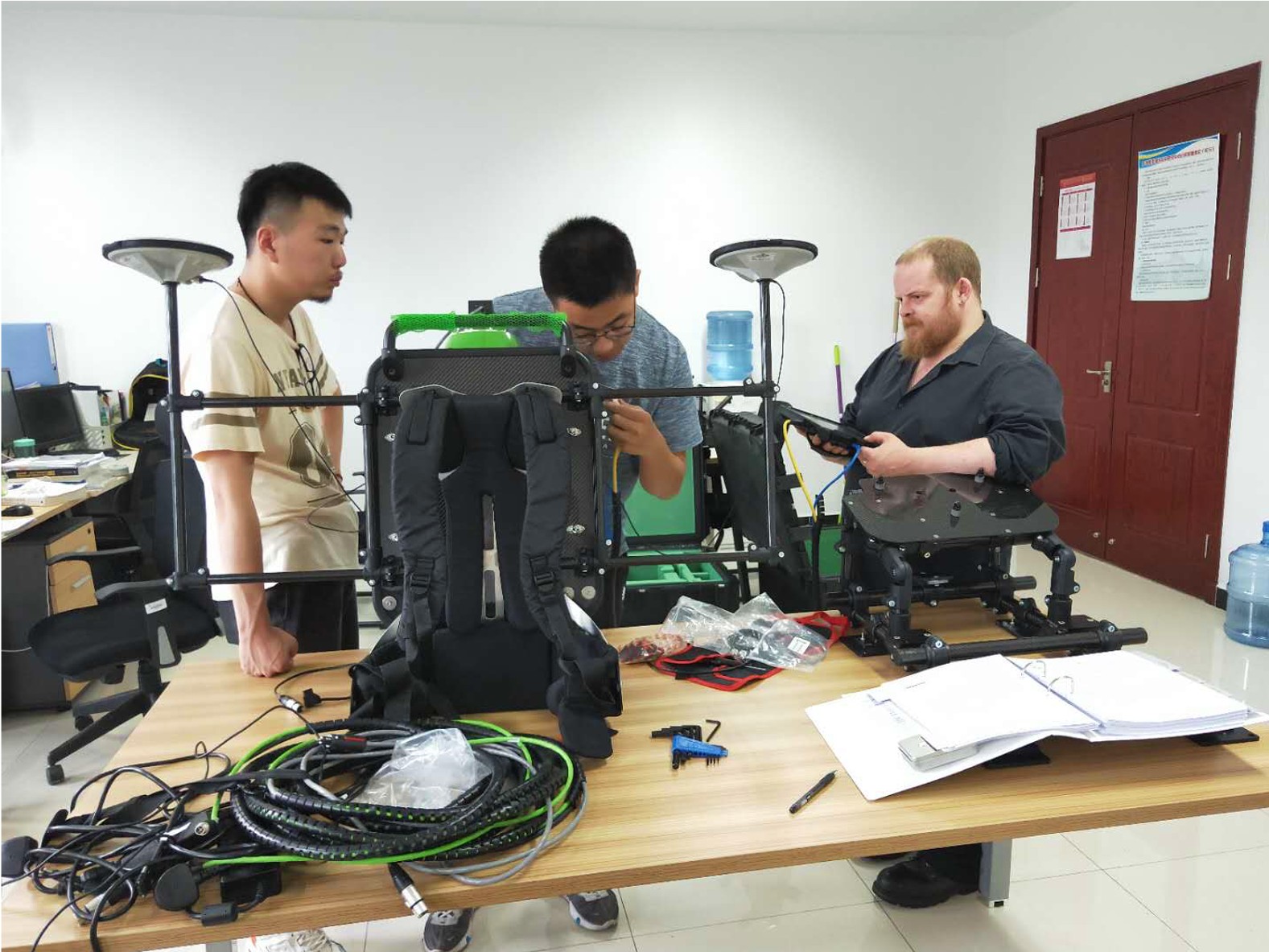
With the rapid development of sequencing technology and plant genomics, substantial plant genotype datasets have been made available, providing insights into plant genetics as well as facilitating precision breeding and crop improvement in recent years.
However, the lack of high-quality phenotypic data has prevented researchers and breeders from fully exploiting available genomic resources, which has become a major bottleneck for breeding, agronomic services and crop management in recent years. To address this timely issue, high-throughput, multi-location and reliable crop phenotyping that can be applied to larger plant populations and across multiple seasons is needed.
Developing new technology
By combining light detection and ranging (LiDAR) technology, 2D/3D computer vision with machine learning algorithms, NIAB’s Data Sciences department has been working closely with our academic partner in China, Nanjing Agricultural University (NAU - a leading university in agricultural and horticultural research in China), and jointly developed the CropQuant-3D technology that provides an in-field solution for large-scale crop phenotyping for breeding, agronomic services and agricultural production.
Large-scale 3D reconstruction of the experimental field for winter wheat trials
We utilised a backpack LiDAR device to overcome limitations in mobility and scalability possessed by other phenotyping platforms and performed large-scale phenotypic analysis to characterise key agronomic traits such as crop height, canopy development and 3D canopy structural changes in response to different nitrogen (N) treatments for wheat field trials, which are imperative to yield- and development-related crop monitoring.
The paper
This work has been published by one of the top plant research journals, Plant Physiology (IF = 8.34) in its breakthrough technology column, entitled “Large-scale field phenotyping using backpack LiDAR and CropQuant-3D to measure structural variation in wheat”.
In the paper, the combination of backpack lidar, 3D computer vision and open-source image analysis algorithms to carry out large-scale wheat phenotyping have been introduced in detail. Also, the paper discusses how to utilise the open-source CropQuant-3D platform to examine different nitrogen responses of wheat varieties in the field, so that their N responses could be quantified in an automated manner.
A first for plant researchers
To our knowledge, this is the first time for plant researchers to exploit backpack LiDAR in field phenotyping for large-scale field trials. The open-source algorithms embedded in the CropQuant-3D platform were capable of automating 3D trait analysis of hundreds of millions of 3D points obtained by the LiDAR device, based on which spatial changes of wheat varieties in the field could be quantified and used to reveal the relationship between key agronomic traits such as height, growth rate and canopy structure with the yield and N responses.
More importantly, the CropQuant-3D platform could also provide a unified analysis pipeline to analyse 3D point clouds obtained by different sources such as drones and gantry-based LiDAR sensors, demonstrating its great potential in large-scale field phenotyping and open-source trait analysis.
The UK-China collaboration for setting up LiDAR-based field mapping
The team
This work is led by Prof Ji Zhou and his UK-China laboratory. As the corresponding author of this article, Prof Zhou demonstrated how large-scale field phenotyping and 3D trait analysis could benefit breeding, agronomic services and field-based plant research. Crop physiologist, Dr Eric Ober, from NIAB, also participated in the work. Professor Ding Yanfeng, vice president of NAU, and Dr Qiang Zhao from the Center for Excellence in Molecular Plant Science at the Chinese Academy of Sciences also contributed to the research work.
For more on their work, visit the NIAB Data Sciences team web page


